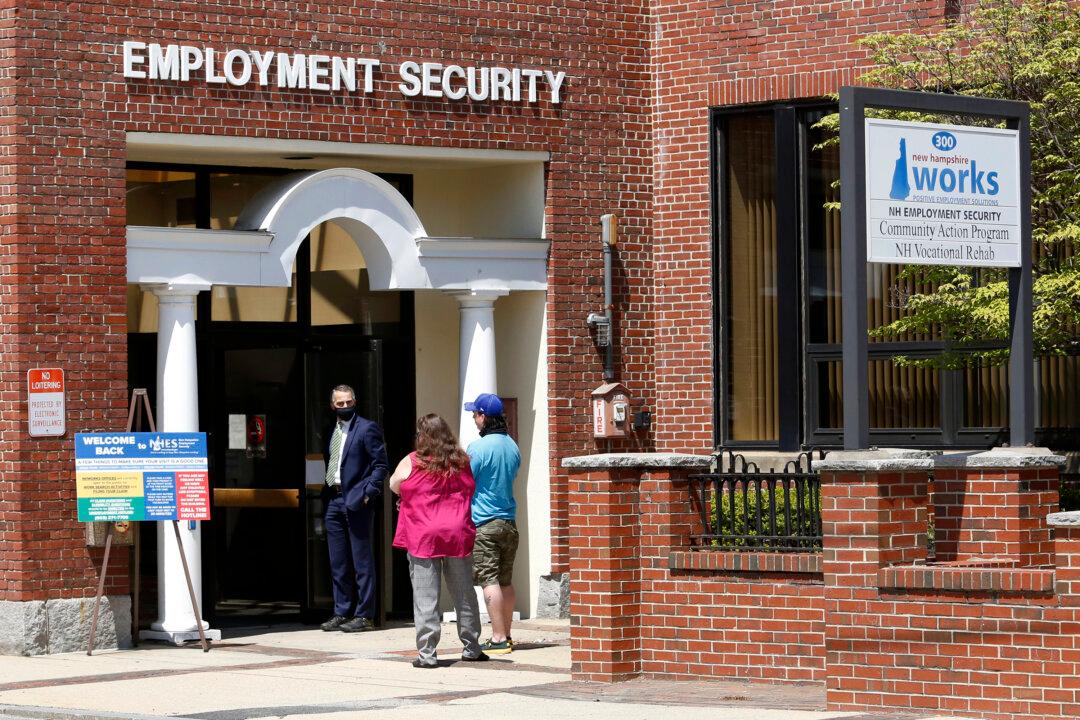The number of Americans filing jobless claims dropped again last week, as employers continue to seek new workers.
This latest reading may serve as a further data point for the Federal Reserve to pursue its aggressive rate-hike policy, which will likely have a negative effect on hiring.





